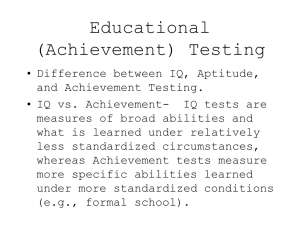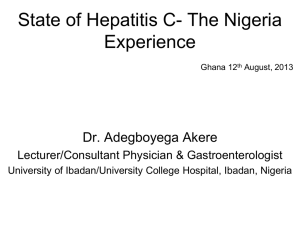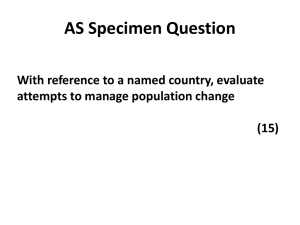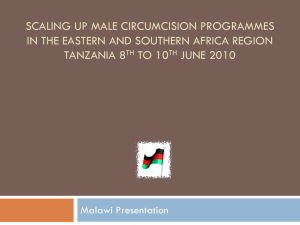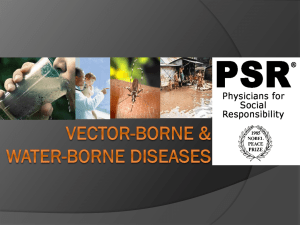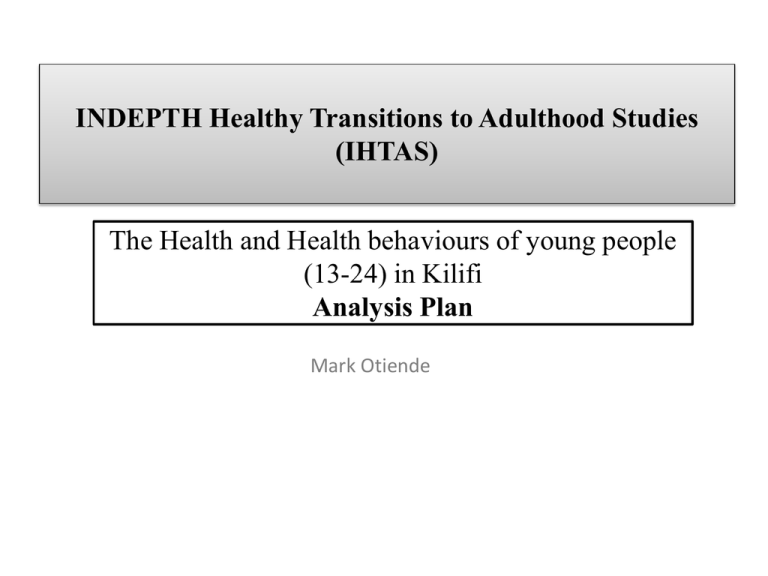
INDEPTH Healthy Transitions to Adulthood Studies
(IHTAS)
The Health and Health behaviours of young people
(13-24) in Kilifi
Analysis Plan
Mark Otiende
Questionnaire
•
•
•
•
Alcohol consumption
Cigarette and tobacco use
Drug use (marijuana and glue)
•
•
•
•
•
•
•
Cleaning teeth and hand
washing practices
•
Anthropometric measures
Major depression Inventory
•
•
•
Physical activities
Free time activities
Experiences at school and at home
Physical fights
Injuries in the past
Bullying
Marital status
Pregnancy
Sexual behaviors
•
Food and drinks
Objective 1
To estimate the prevalence of alcohol and substance abuse among young people
Limits of data
1. Study population: 13-24 year olds
2. Data type: Categorical (Ordinal and Nominal)
Primary Endpoints
1. Prevalence of alcohol consumption
2. Prevalence of tobacco
3. Prevalence of marijuana and sniffing glue usage
Analysis sub-groups
1.
2.
3.
4.
5.
Age strata
Sex
Source of substance
Education
Anthropometric measures
Analysis strategy: contingency tables & test for interaction
Objective 2
To assess the nutritional status and the dietary behaviors of young people
Limits of data
1. Study population: 13-24 year olds
2. Data type: Categorical (Ordinal and Nominal)
Primary Endpoints
1.
2.
3.
4.
5.
Analysis sub-groups
1. Age strata
2. Sex
3. Hygiene practices
4. Physical activities
5. Education
6. Anthropometric measures
Analysis strategy: contingency tables & test for interaction
Prevalence of food inadequacy
Prevalence of consumption of fruits
Prevalence of consumption of vegetables
Prevalence of consumption of carbonated drinks
Prevalence of consumption of fast food
Objective 3
To describe the hygiene practices of young people
Limits of data
1. Study population: 13-24 year olds
2. Data type: Categorical (Ordinal)
Primary Endpoints
1. Prevalence of oral health behaviors
2. Prevalence of hand washing behaviors (using soap;
before eating; after using the latrine
Analysis sub-groups
1. Age strata
2. Sex
3. Substance use
4. Education
5. Anthropometric measures
Analysis strategy: contingency tables & test for interaction
Objective 4
To determine the prevalence of major depression among young people
Limits of data
1. Study population: 13-24 year olds
2. Data type: Categorical (Ordinal)
Primary Endpoints
1. Mean MDI total scores
2. Prevalence of DSM-IV major depression
3. *Cronbach’s alpha
Analysis sub-groups
1.
2.
3.
4.
5.
Age strata
Sex
Substance use
Education
Anthropometric measures
Analysis strategy: contingency tables & test for interaction
Objective 4
To determine the prevalence of major depression among young people
Objective 4
To determine the prevalence of major depression among young people
Objective 5
To describe how physical violence and unintentional injury affect young people
Limits of data
1. Study population: 13-24 year olds
2. Data type: Categorical (Ordinal)
Primary Endpoints
1. Prevalence of Physical activities and sedentary
behaviors
2. Prevalence of physical fights
3. Prevalence of physical injuries
4. Prevalence of bullying
Analysis sub-groups
1.
2.
3.
4.
5.
Age strata
Sex
Substance use
Education
Anthropometric measures
Analysis strategy: contingency tables & test for interaction
Objective 6
To describe the sexual behaviors (including sexual violence) that contribute to
HIV infection, other STIs, and unintended pregnancies
Limits of data
1. Study population: 18-24 year olds
2. Data type: Categorical (Ordinal and Nominal)
Primary Endpoints
1. Prevalence of pregnancies
2. Prevalence of sex , usage of contraceptives and other
sexual behavior
3. Prevalence of unwilling sex, forcefully or otherwise
Analysis sub-groups
1. Age strata
2. Sex
3. Substance use
4. MDI
5. Education
6. Anthropometric measures
Analysis strategy: contingency tables & test for interaction


